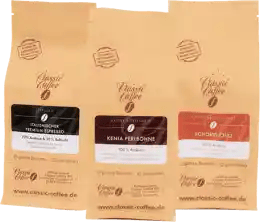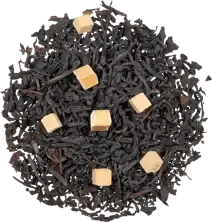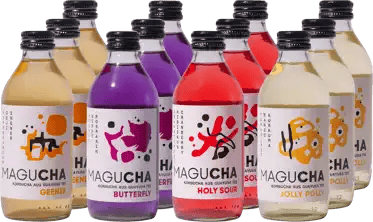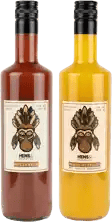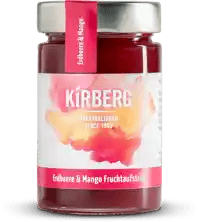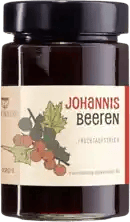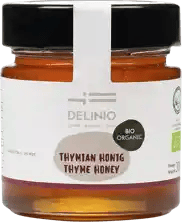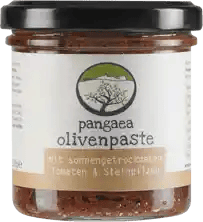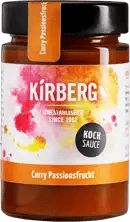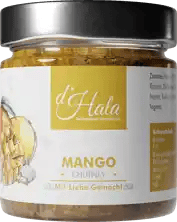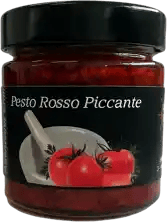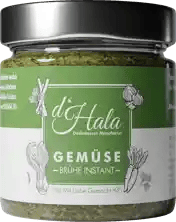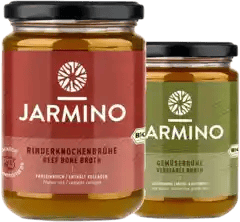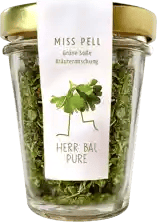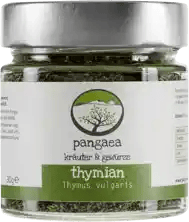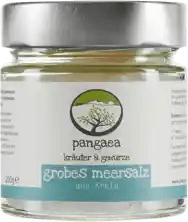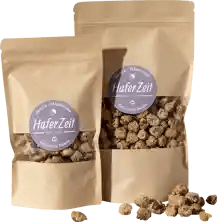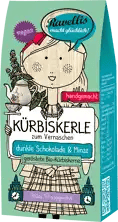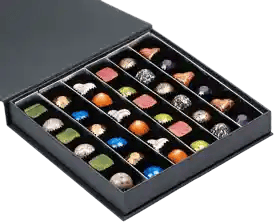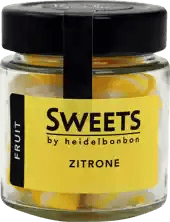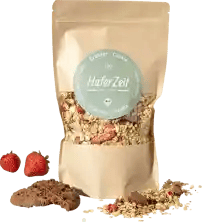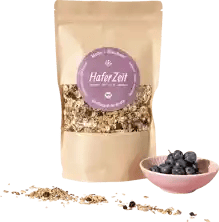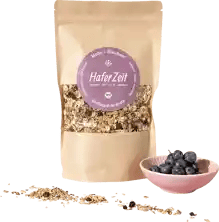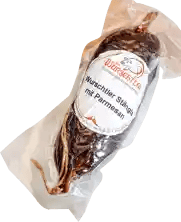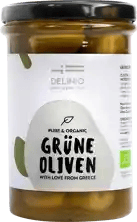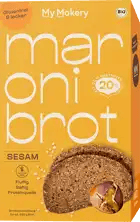Quality instead of quantity!
7,000 independent products
No mainstream
7,000 independent products
The colorful world of sweets
Sweets are far more than just snacks for in-between meals. They are a reflection of culture, a source of comfort and pleasure. In their colorful variety, they represent joy and bring people of all ages together. Sweets can be found in every culture in the world, in countless shapes, sizes and flavors, and they connect generations and traditions.
For many people, these little pleasures in life are associated with deep memories. Whether it's a piece of chocolate that reminds us of childhood or an exotic candy that takes us on a journey of flavorful discovery, sweets have the unique ability to create moments of happiness and sweeten our everyday lives.
What makes sweets so special?
Sweets stand out due to their variety and universal appeal. They can be sweet, sour, fruity or even spicy, offer different textures and are often colorful. This versatility makes them a popular treat for any occasion. Sweets appeal not only to the palate, but also to the eye and offer a holistic indulgence experience.
They serve not only as a treat, but also as a means of social interaction. In many cultures, sharing sweets is a sign of hospitality and togetherness.
In many families and circles of friends, sweets are given as gifts on special occasions to express love, appreciation or gratitude.
Buy sweets at Honest & Rare
Honest & Rare offers a carefully curated selection of high-quality sweets, ranging from traditional classics to modern, innovative creations. Every product in their range stands for quality and an exceptional taste experience. Shopping at Honest & Rare means choosing quality over quantity and enjoying delicacies directly from manufacturers.
Our marketplace vendors value ethical sourcing practices and genuine craftsmanship.
Different types of sweets
The world of sweets is rich and diverse. It encompasses a wide range of products, from traditional treats to modern creations. This diversity means that there is something for every taste and preference. From melt-in-the-mouth chocolate to crunchy sweets and soft marshmallows - the choice is almost limitless.
From chocolate to fruit gums
Chocolate, perhaps the most popular of all sweets, comes in many shapes and flavors. From dark, bitter chocolate to sweet milk chocolate, enriched with a variety of ingredients such as nuts, fruit and spices, chocolate offers a wide range of taste sensations. Pralines, with their fine fillings and delicate chocolate shells, are also a popular form of chocolate art.
Fruit gums and jelly sweets offer a different kind of indulgence. They are known for their juicy, often intense fruit flavors and unique, chewy textures. Hard candies, including classic peppermint candies or fruity lollipops, are prized for their long-lasting flavors and refreshing properties.
Caramels and toffees, with their rich, buttery sweetness, are another highlight in the realm of sweets. Their chewy, sticky texture makes them a long-lasting treat. Liquorice, with its distinctive, bitter-sweet taste, also has a loyal following and varies greatly in taste and texture, depending on regional traditions and recipes.
Traditional and modern sweets
While many sweets are based on traditional recipes and production methods, there is also a trend towards modern, innovative sweets. These new creations often experiment with unusual flavor combinations, exotic ingredients and eye-catching designs. Vegan and sugar-free options are becoming increasingly popular as they make it possible to enjoy sweets without health concerns.
Artisan sweets are also gaining popularity. They are often produced in small batches and focus on high quality and unique taste experiences. Such sweets often reflect the creativity and passion of the manufacturers and offer an alternative to mass-produced products.
Sweets in the culture
Sweets are far more than just a tasty snack; they are deeply rooted in the cultural traditions and customs of many societies. All over the world, sweets have a symbolic meaning and are often an integral part of festivals, celebrations and rituals. They reflect the history, customs and culinary preferences of a culture.
What role do sweets play in cultures?
In every culture, sweets have their own identity and meaning. In some countries, they are a symbol of hospitality and are offered as a welcome to visitors. In other cultures, they play an important role in weddings, birthday celebrations and religious festivals. In India, for example, traditional sweets such as laddu and gulab jamun are served at important festivals such as Diwali and weddings. In the western world, sweets such as chocolate eggs and candies are inextricably linked to holidays such as Easter and Halloween.
These cultural differences are also reflected in preferences for certain types of sweets. While some regions prefer sweet and fruity flavors, other cultures tend to prefer spicier or savory varieties. This variety of tastes and textures makes the world of sweets an exciting and diverse area of gastronomy.
Sweets at parties and celebrations
Sweets are an integral part of festivals and celebrations worldwide. They are not only appreciated for their taste, but also as an expression of joy and fellowship. In many cultures, giving sweets is an expression of love and care. For example, in Japan, handmade chocolates are given as a token of affection on Valentine's Day. In many Western countries, sweets are an integral part of Christmas traditions, with gingerbread, chocolate Santas and candy canes being popular.
Sweets are also frequently mentioned in folk art and literature, underlining their importance in culture and the collective consciousness. They inspire artists, writers and filmmakers and often serve as metaphors for the sweet aspects of life.
Production of sweets
Candy making is a fascinating process that involves both traditional methods and modern technologies. This process varies greatly depending on the type of candy, but the goal remains the same: to create delicious, appealing products that delight the palate and engage the senses.
Craft and industry
In traditional confectionery production, which often takes place in small artisan workshops, great importance is placed on craftsmanship, experience and attention to detail. Recipes are passed down from generation to generation and many of these businesses are proud of their secret recipes and special production methods. Handmade sweets are often characterized by unique textures and complex flavor profiles that are difficult to replicate in industrial processes.
On the other hand, modern industrial manufacturing processes enable the production of sweets on a large scale, ensuring consistency and quality. Advanced machines and technologies play a crucial role in the production of chocolate, candies, fruit gums and other mass-produced products. These methods allow a wide range of products to be manufactured efficiently and to a high quality in order to meet global demand.
Regardless of the production method, the quality of the raw materials is crucial for the end product. Ingredients such as cocoa, sugar, fruit and nuts must be carefully selected to meet the high standards of the confectionery industry. The art of confectionery production lies in the balance between preserving traditional recipes and techniques and adapting them to modern tastes and nutritional trends.
Sweets and health
The relationship between sweets and health is a frequently debated topic. While sweets undoubtedly bring pleasure and enjoyment, it is important to consider their consumption in the context of a balanced diet. Moderation is the key to enjoying the pleasures of sweets without compromising health.
How to deal with sweets in a healthy diet
Sweets can be part of a healthy diet when consumed in moderation. It is important to develop an awareness of the amount and frequency of sweet consumption. Nutrition experts often advise that sweets should be viewed as occasional treats rather than daily snacks. Choosing sweets with lower sugar and fat content or those that contain natural ingredients and fewer artificial additives can be a healthier alternative.
Another aspect is dental hygiene, especially for children. Regular tooth brushing and dental check-ups are important to prevent tooth decay and other dental problems. Parents can also control their children's consumption of sweets by setting fixed times for sweets and offering them as part of special occasions.
Recently, there has been a trend towards healthier candy options. These include sugar-free, vegan or fortified sweets. Such products offer alternatives for health-conscious consumers and broaden the range of sweets available so that they can also be enjoyed by people with certain dietary restrictions.
Trends in the world of sweets
The confectionery industry is dynamic and constantly changing. New trends emerge regularly, driven by changes in consumer preferences, technological advances and creative innovations from manufacturers. These trends offer exciting new flavors and experiences for candy lovers.
Innovations and future developments
One of the most noticeable trends in the confectionery industry is the increasing demand for healthier alternatives. This has led to the development of sweets with reduced sugar, fat and calorie content. Innovations in this area include the use of natural sweeteners such as stevia, the production of sugar-free sweets and enrichment with additional nutrients such as vitamins or fiber.
Another trend is the increasing popularity of ethically produced sweets. This includes fair trade practices, sustainable sourcing of ingredients and supporting small producers. Consumers are increasingly interested in where their sweets come from and how they are made, and prefer products that meet ethical and environmentally friendly standards.
Technological innovations are also influencing the way sweets are made and presented. Advances in food technology are enabling new shapes and textures, while digital media and online platforms are allowing manufacturers to showcase their products to a wider audience. Social media plays an important role in the marketing and design of confectionery, with products often developed specifically for visual appeal in digital media.
There is also a trend towards a return to traditional and artisanal sweets. This movement emphasizes the importance of handcrafted, high-quality products made using traditional methods and local ingredients. Such products offer an alternative to industrially produced sweets and appeal to customers who value authenticity and craftsmanship.
Brilliant!

Bitte bestätige deine Anmeldung noch eben - du hast eine Bestätigungsmail von uns. Klicke darin auf den Link. Danach bekommst du deinen Rabattgutschein.























































